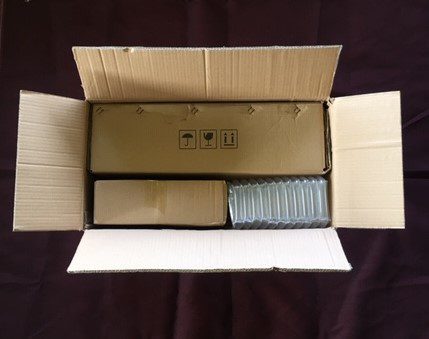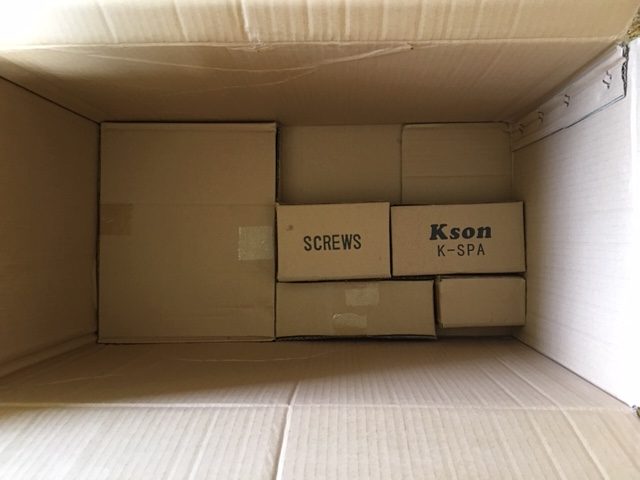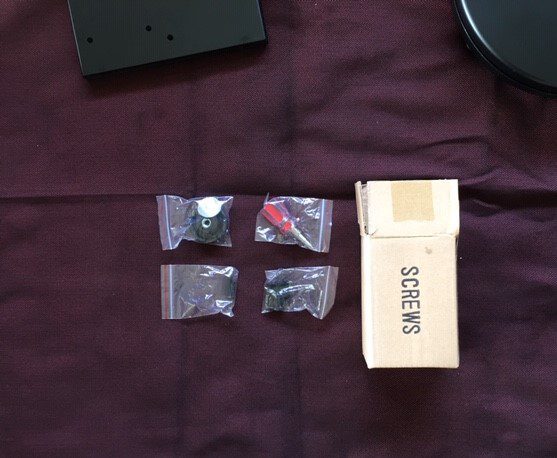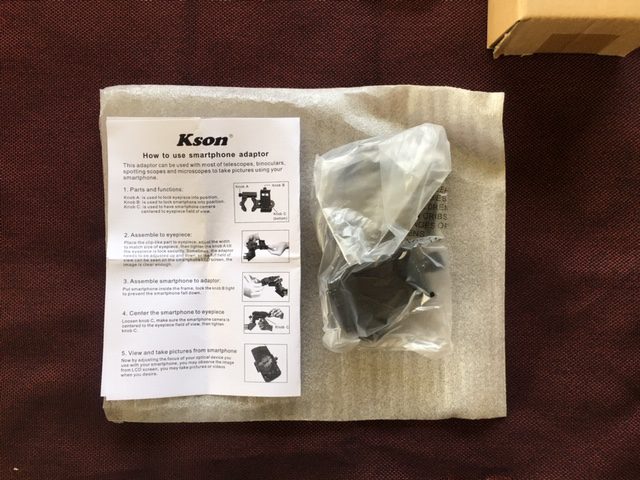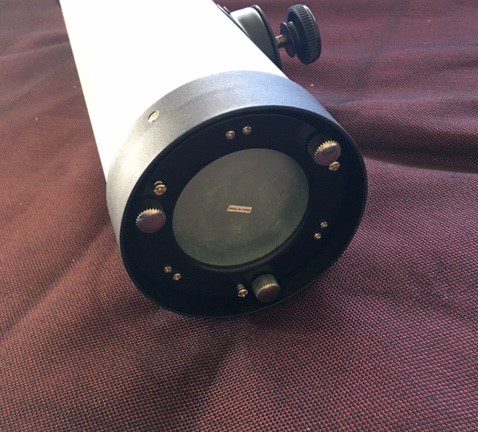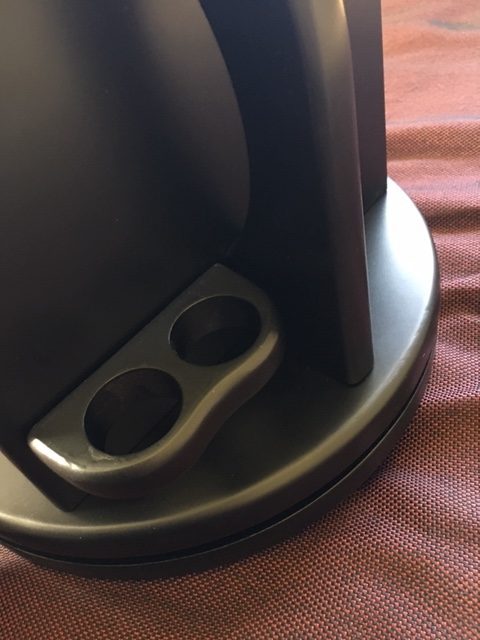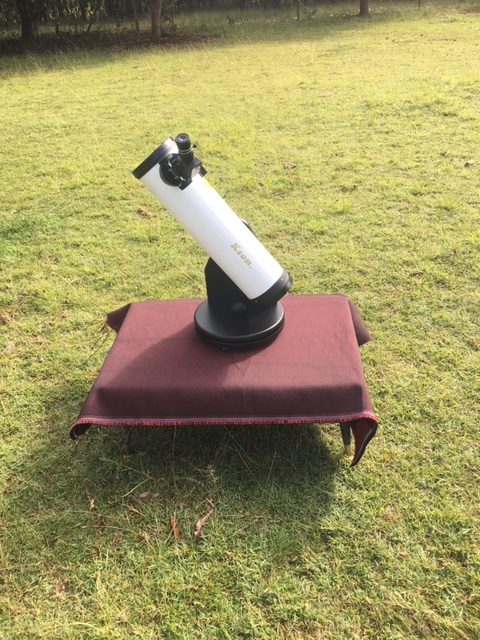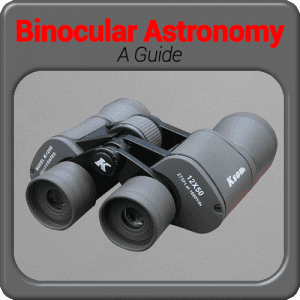We were naturally curious when we got the Kson Tabletop Scope. We knew of course, of the Skywatcher P130 scopes, but how does this one compare – apart from being $50-100 less of course!
From the outset, we have to say that we like Tabletop Dob’s. Something people come to appreciate later is that Telescopes are really a matter of the base – if the base is a light, wobbly stick of thing, the world’s best telescope will leave you miserable. The original Dobsonians, made by none other than John Dobson, had the incredible advantage of being massive scopes – on a simple, tough base, and they are still well loved today – in fact, we have the larger brothers of this scope too. So it was inevitable that someone would transfer this styling over to a more portable version – because, yes, the large size brothers are monsters and some just don’t have all that room to store them – and taking it camping becomes a main mission, rather than a side-point. So, it is very difficult to go wrong with one of these. It’s not equatorial – so you don’t need to worry about pointing it at the Southern Celestial Pole (SCP) or the motion control’s don’t work – you also don’t have touchy yokes, or even any setup of a tripod at all, as you would with an ALT-AZ mount. It’s just one unit – you stick it on a desk outside and spin the thing and move it up and down and it works.
The Kson unit requires assembly. There – I’ve said it. So, we put one through the assembly process and gave it a go. It’s pretty easy. Let’s talk our way through it.
How does it compare vs. the Skywatcher P130? Is it a good alternative to the Skywatcher P130? We would have to say “Yes”. In some ways, we feel it’s better. While the P130 gathers more light (130mm vs. 102) and has thinner vanes, the better f/ratio of the Kson (coming in at f/6.2 vs. f/5) means that the unit is far more forgiving of the eyepieces you use when it comes to Coma and edge to edge sharpness. They both have 1.25″ focusers, red dot finders and both include a low and high powered eyepiece (Kson include an excellent 7mm “planet killer” plossl and a 25mm Kellner, which performs very well) but Kson also provide a Barlow which doubles the magnification of both supplied eyepieces. So really, you get a 25mm, a 12.5mm, a 7mm and a 3.5mm “eyepiece” whereas you only get the two magnifications with the P130. Not to mention the inclusion of a phone adaptor for some light Astrophotography (again, we emphasize bright objects only – this is not a tracking scope).
The Kson’s robustness also impressed us, especially with the full plastic coating of the wood. We felt it would likely hold up better to moisture – once the wood warps, turning the unit becomes very problematic and kind of ruins the scope. This is worth talking about – the skywatcher’s that we have seen use laminate on the wood – then on the edges, a plastic strip (think your old school desk!). So, when moisture gets between the plastic and the laminate, it bloats and deforms the wood. We felt confident that the Kson unit with no split and a full coating would be durable in moist conditions / dew.
I decided to also check the collimation on the unit out of the box, and as expected, it fell short of my standards. It’s a good idea to check this early on, as Newtonians don’t travel well. For those new to collimation, the reflector type of telescope requires the perfect alignment of two mirrors – the one at the bottom (base) and the minor secondary mirror. If they are not perfectly aligned, the image / contrast suffers. Unfortunately, with any Newtonian (this style of telescope), you WILL need to collimate them fairly regularly, as bumps and time tend to add up. If you don’t like the idea of learning this (it only takes a few minutes when you are well-practiced) grab a refractor instead!). I found that the Astrosystems Lightpipe was the best one for this as you were able to see exactly what was going on with each mirror (it is possible to misuse a laser collimator which gives a ‘perfect’ result yet have unaligned mirrors – this one is far more forgiving). After a few minutes, it was ready to go.
So, the important question – how does it perform? We took it out on a clear night, in Bortle 2 skies (Yes, hate me all you like) and it was a pleasure to use. I targeted the triffid nebula and admired the dark, black rivers that seemed to run through the view, and took some time enjoying the Jewel box. Now perfectly collimated, it performed admirably, stars were sharp and clear, and it was easy and forgiving (at f/6.2) to focus. What was so nice also, was how easy it was to use – simply move the scope where you want it and move the chair around the table depending on your view. Packing up was instant – just pick it up and move it.
If your planning to purchase one of these as a gift as a parent, just some general suggestions if we may? As an Educator of children myself, let me assure you that children are not like us, they are very unlikely to stare at the same time at a single object, wanting to discover every nuance of an object and tease every detail out of it with averted vision. Be assured that they will look, say “Yes, I saw it” and then pull away from the eyepiece, especially if very young. Don’t be disappointed or surprised. A love for Astronomy takes time to develop. Have a clear idea of several objects you would like to show. familiarise yourself with the scope by yourself first. Tell them about an object, what it is, then let them look at it. Ask them questions about what they are seeing (How many different colours can you detect in the Jewel box? Why do you think they call it that? Do you think all the stars in there are the same, or different somehow? Do you think some might be hotter or colder? Do you think the stars over time will get closer together or further away?” You get the idea.
These scopes are usually in stock, enjoy!



